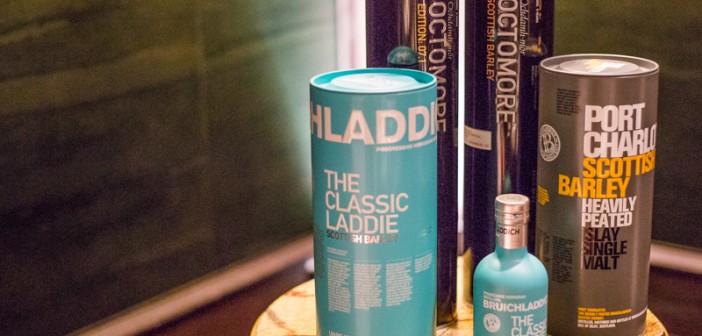I’ve been to a few whisky tastings or appreciation sessions in my time. Most, I would say, are just the distributors’ way of gaining a little traction for their product and, for me, an excuse to get inebriated on free alcohol. There is very little by way of a proper product introduction or for any of the attendees to truly grasp what the products are about. Now, this is certainly not the case for the recent tasting for the Brucihladdich Octomore 7.1 tasting I went to. Truth be told, I was expecting another run-of-the-mill production, but the session turned out to be an educational one for any whisky connoisseur.
Held at the intimate and classy Manhattan Bar within Regent Hotel, we were ushered into a private enclave and served a cocktail made with gin made from more than 20 botanicals from Islay and ginger ale – a refreshing warm-up drink and palate cleanser. The event began with a short discourse on the beginnings of Bruichladdich and their brewing principles. While I will not bore you with a history lesson, some facts that are uniquely Bruichladdich are worth mentioning.
Firstly, their bottles have no age statement unlike other whiskies. This is because Bruichladdich uses any vintage in their warehouse to create the taste profile that they are looking for. This allows them to take advantage of the individual characteristics of each cask and the result is a Single Malt that is greater than the sum of its parts.
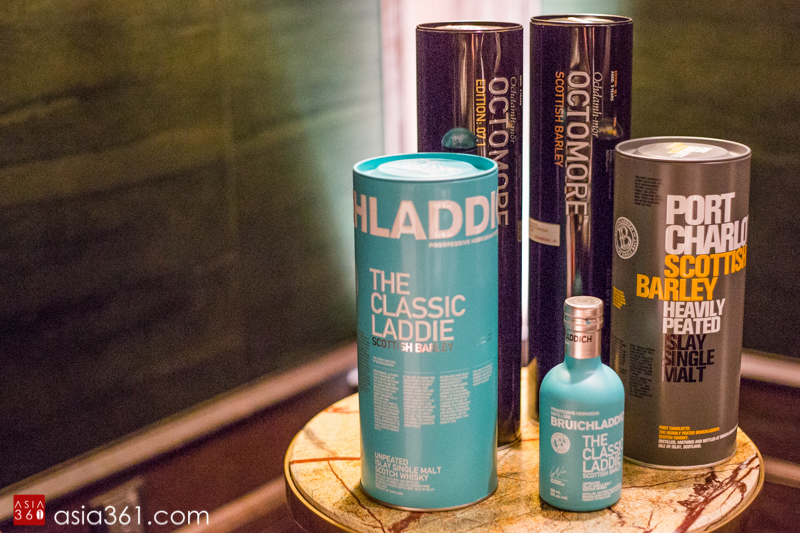
Secondly, Bruichladdich whiskies are non-chill filtered unlike the industry practice of chill filtering. Chill filtering is the process where the whisky is cooled to three or four degrees centigrade before bottling. The natural oils from the barley and from the fermentation begin to solidify and can be removed. This means that the whisky can be bottled at a lower cask strength of 40% without the risk of cloudiness. Bruichladdich believes the oils are crucial to the depth and texture of the whisky and does not remove them, but instead bottles at a higher cask strength of 50%.
Bottling at 50% also means the flavours from distillation are more evident, particularly the barley notes. Viscosity is richer being less dilute and allows for a more complex mouthfeel.
It is also the industry practice to add artificial colouring to whisky to ensure a consistent colour with each bottle. Brucihladdich eschews such practices, preferring the variation that each batch brings.
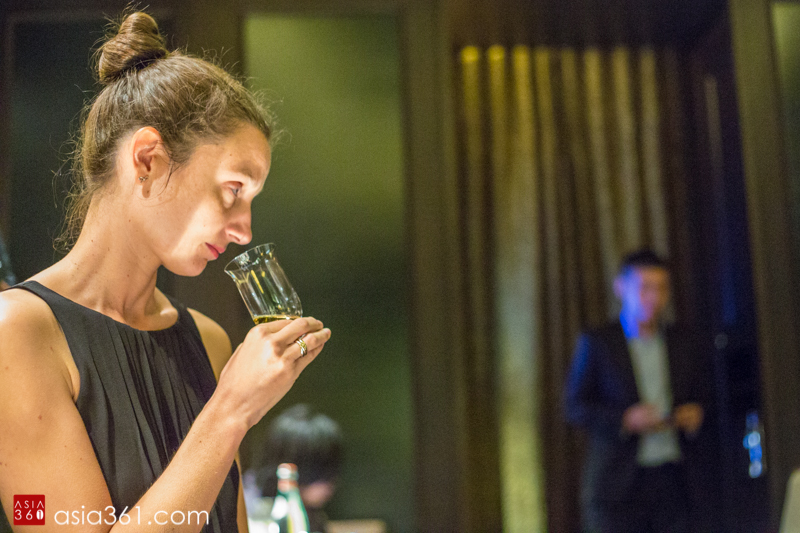
Before the actual tasting began, we were instructed not to swirl the whiskies in their glasses before sniffing them (this is what is known as the ‘nose’) as the whisky would coat the glass and all we would be getting is a whiff of alcohol. The taste that the whisky leaves on the tongue as you taste it is what is known as the palate and is distinguished by flavours such as vanilla, mint, and toffee, etc. The finish of the whisky is the aftertaste that lingers after swallowing.
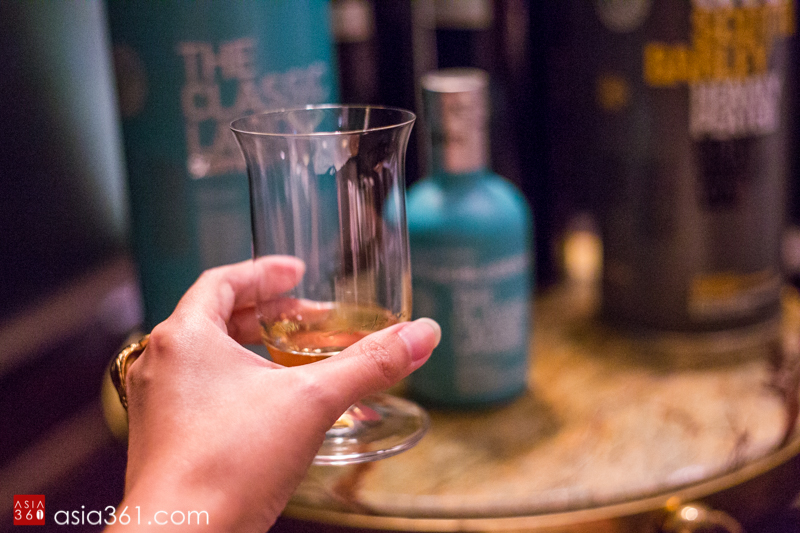
Bruichladdich makes three whiskies – the Classic, Port Charlotte and Octomore – and these were presented to us on a tray of whisky glasses. Tasting began with the flagship and least peaty – the smoky smell one usually associates with whisky – Classic Laddie. It comes in the very distinctive ‘Tiffany blue” bottle. Bruichladdich says the Classic is unpeated – a smokeless whisky if you will. The good folk at Bruichladdich not only let us sample their whisky but they also brought some samples of wheat and peat. Tasting the wheat and the smell of the peat certainly helped us to better appreciate the complex flavours that is whisky.
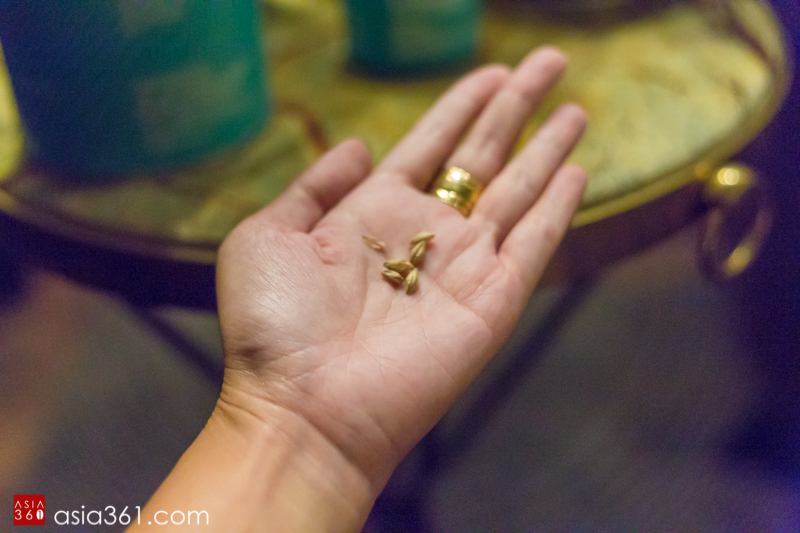
After the first taste of the whisky, we were told to add a little water to the whisky and this time, give it a swirl. It’s amazing how a dash of water changes the taste of whisky!
The peatiness of a whisky comes from the roasting of the barley and is measured by a scientific analysis of organic compounds called ‘phenols’. These phenols are measured in parts per million (ppm). The higher the ppm, the more peaty a whisky is. The peatiness scale ranges from 5-170ppm.
Next up was the Port Charlotte. While the Classic Laddie was unpeated, the Port Charlotte is considered heavily peated at 40ppm. Compared to the Classic, it is very peaty/smoky and I could see more than a few scrunched-up faces at the peatiness of the whisky.
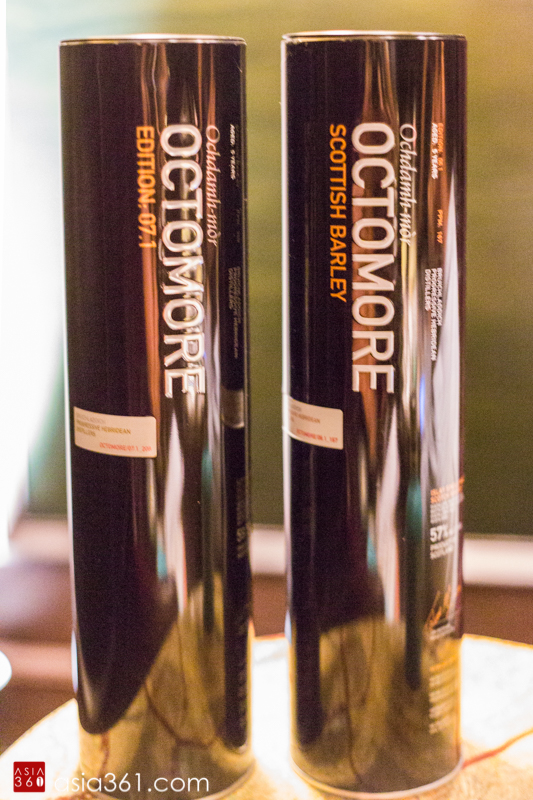
Moving on from the Port Charlotte, we were introduced to the Octomore. This offering from Bruichladdich is called the world’s most heavily peated whisky and it had a ppm of 167. That’s about four times as much as the Port Charlotte. And boy, was it peaty. It was akin to swallowing a cigar. I have no idea why they would want to make a whisky that peaty, save for the fact that they can say “hey, we’ve got the world’s most peaty whisky”. In my opinion, I doubt if most whisky drinkers will be able to appreciate the Octomore.
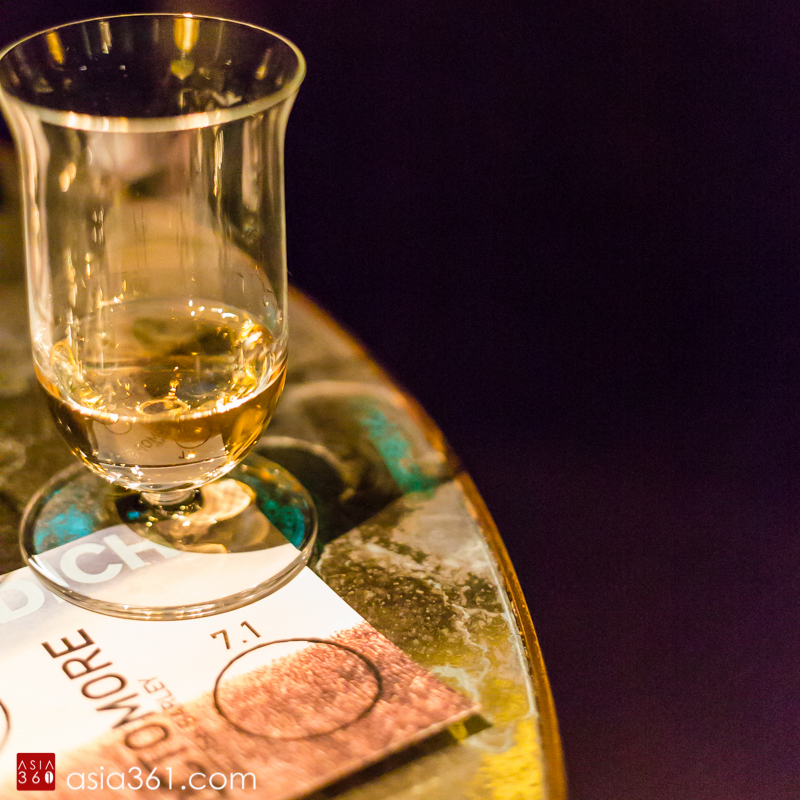
And then we came to the reason why we were all invited in the first place: the Octomore 7.1. Bruichladdich’s latest offering comes in at a mind-boggling 208ppm! That’s literally off the charts. Needless to say, it was just too peaty for my taste, but having said that, there were one or two guests at the tasting who seemed to prefer the peaty Octomore. Like for most things in life, I suppose it’s a matter of individual preference when it comes to whisky.

